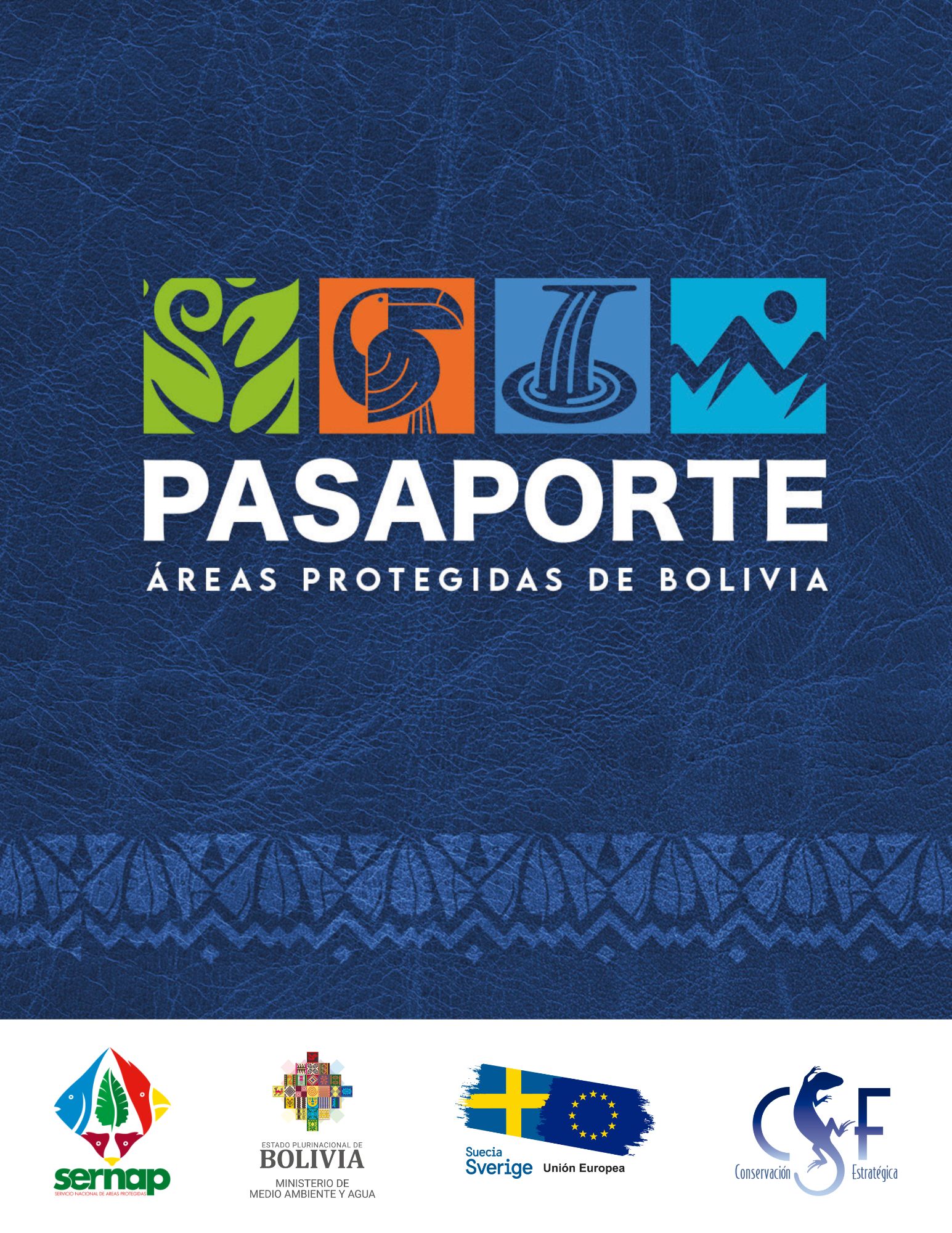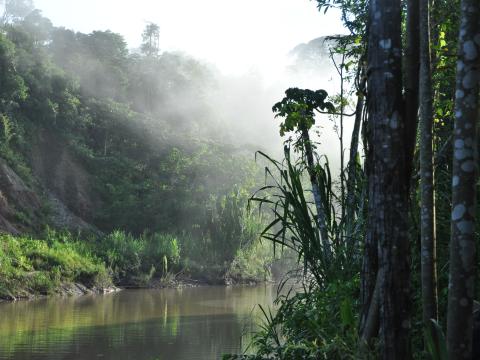CSF presents economic and financial tools to support Indigenous Peoples’ territorial management and the protection of biodiversity
#Numbers4Biodiversity
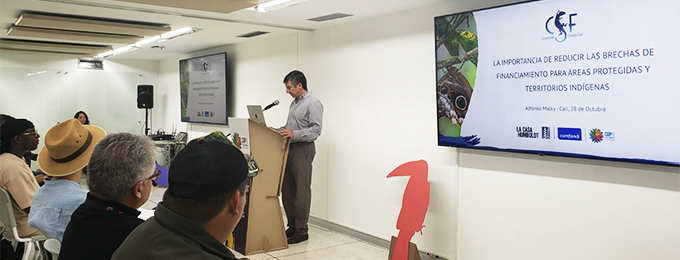
At COP16 in Cali, Colombia, Conservation Strategy Fund and the Humboldt Institute joined forces to present innovative financial instruments that promote, in a sustainable manner, the conservation of nature and strengthen the fundamental role of indigenous peoples in the protection of the region's ecosystems. The green zone of the COP in Colombia was the space where Alfonso Malky, Director for Latin America, and Pedro Gasparinetti, Director of Innovation, presented CSF's proposals for the sustainability of sensitive ecosystems and the indigenous communities that inhabit them.
During the event “Estrategias Para Fortalecer Áreas Protegidas y Territorios Indígenas: Soluciones desde la economía las finanzas para la conservación”, Alfonso Malky showed the situation of funding gaps in protected areas and indigenous territories in the region, a fundamental element to guarantee the conservation of these areas.
He also shared some of the results of CSF's recent study on the contribution of natural protected areas (NPAs) to the Peruvian national economy. By analyzing different economic activities that are developed in NPAs, it became evident that, at present, for each sol invested in NPAs by the Peruvian State, the economic return is 10 times greater (S/10.30), a return greater than that generated by the fishing sector in Peru, contributing to local economies and the macroeconomy.
Pedro Gasparinetti presented the “Indigenous Land Management Cost Calculator,” an online tool developed by CSF to help indigenous organizations in the Xingu Basin plan their budgets and raise funds to implement their Territorial and Environmental Management Plans. “This tool helps to project the indigenous territories' finances,” he added.
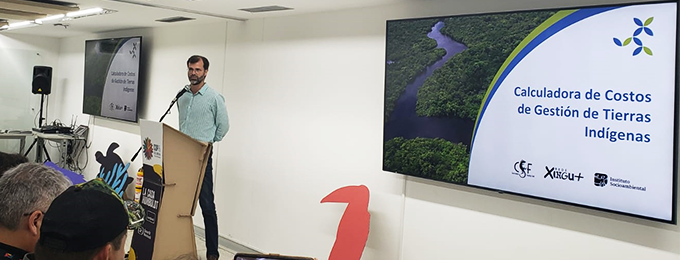
We also had a panel discussion with the presence of public officials from Peru and Bolivia, as well as civil society from Brazil and Colombia. Dani Morales, General Manager of the National Service of Natural Areas Protected by the State (SERNANP) of Peru, indicated that the figures presented in the study conducted by CSF are important because they show that their work in conservation will contribute over time to the national economy, and will also help to interrelate with other economic sectors of the contribution of NPAs to the national GDP. Regarding the joint work with indigenous peoples to strengthen biodiversity conservation, he added that SERNANP has transferred resources to the communities through seed funds and is promoting a flexible loan program between the Ministry of Environment and the Inter-American Development Bank.
Julia Quiroz, Director of CSF Brazil, stressed the importance of building financial mechanisms in accordance with the context of the communities and hand in hand with the indigenous peoples. She specified that after the development of the Indigenous Land Management Cost Calculator, a strategy has been developed with the Xingu+ network to capture resources, in alliance with the Socio-environmental Institute of Brazil (ISA).
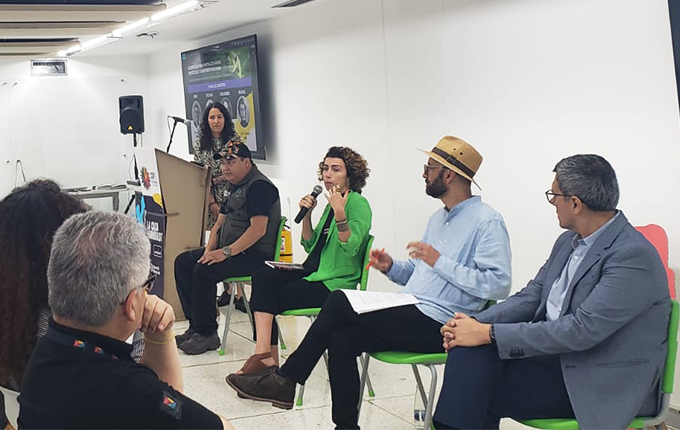
Along the same lines, Felipe García of the Humboldt Institute of Colombia emphasized that financial mechanisms must have more inclusive schemes that strengthen the fund-raising capacities of indigenous and traditional peoples, so that they themselves can mobilize resources in the long term. He stressed that since traditional peoples are responsible for maintaining the possibility of Colombia having 52% of the national territory of conserved forests, this indicates the importance of supporting their conservation actions.
Moises Yonyun Hur of Bolivia's National Protected Areas Service (SERNAP) explained the benefits of a mechanism developed jointly with CSF, such as the Passport for the Conservation of Protected Areas, which will not only strengthen the preservation of natural areas, but also make Bolivia's rich landscape more visible. He reported the launch of a Donors' Roundtable to raise US$130 million over a 10-year period and thus give sustainability to his sector.
Watch the presentation in Spanish here.
- Log in to post comments

